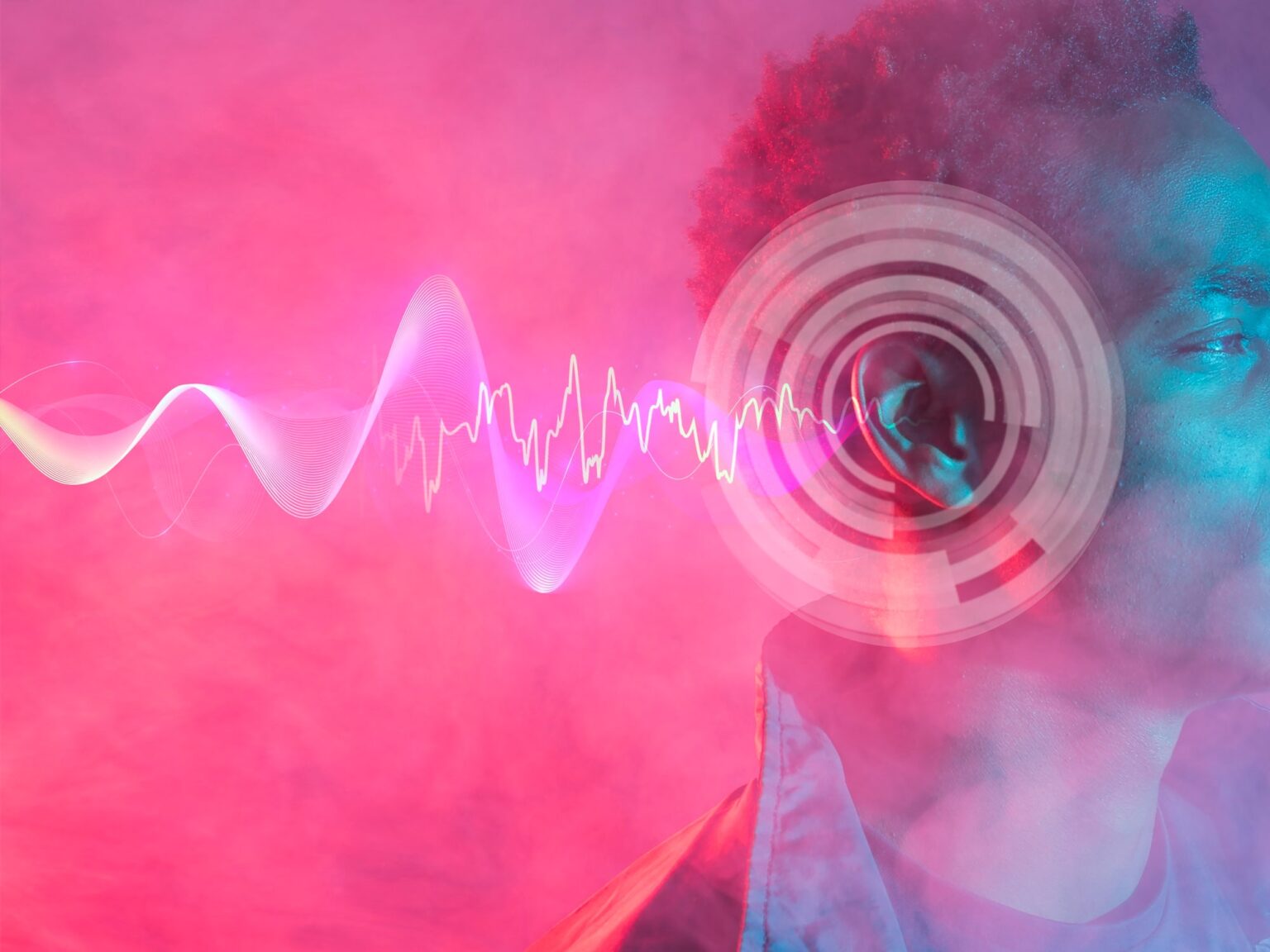Immersive audio technologies have transformed the way we experience sound in various forms of media, providing a more engaging and realistic audio experience. These technologies enhance spatial sound, allowing for a more immersive and multidimensional audio experience. Here are some key immersive audio technologies:
- Spatial Audio: Spatial audio technologies create a three-dimensional sound environment, placing sounds in specific locations in space. It enables a more realistic audio experience by simulating the way sound waves interact with the environment and our ears. Spatial audio techniques include:
- Binaural Audio: Binaural audio uses specialized recording techniques and playback systems to recreate a 3D sound field. It delivers a sense of direction and distance, creating an immersive audio experience through headphones.
- Ambisonics: Ambisonics is a technique for capturing, processing, and reproducing full-sphere surround sound. It uses spherical microphone arrays to capture audio from all directions, allowing for a flexible reproduction of sound in different listening environments.
- Object-based Audio: Object-based audio treats sound as individual objects that can be placed in a virtual 3D space. Each sound object carries its own position, direction, and other parameters, allowing for dynamic and interactive sound placement during playback.
- Dolby Atmos: Dolby Atmos is an immersive audio technology that delivers a more enveloping and multidimensional sound experience. It enables sound engineers to position audio objects in a three-dimensional space, providing precise control over sound placement and movement. Dolby Atmos is used in various applications, including movie theaters, home theaters, gaming, and virtual reality.
- DTS:X: DTS:X is another immersive audio technology that creates a lifelike and multidimensional sound experience. It offers object-based audio capabilities, allowing sound engineers to position audio objects in a 3D space. DTS:X is used in movie theaters, home theaters, and select gaming systems.
- Haptic Feedback: Haptic feedback technologies add a sense of touch to the audio experience. These technologies use vibrations or tactile feedback to enhance immersion and make audio more tangible. Haptic feedback can be integrated into devices like headphones, gaming controllers, and VR accessories to provide a more engaging and multisensory experience.
- 3D Audio Plugins and Tools: Various software plugins and tools are available that enable content creators to create immersive audio experiences. These tools provide spatial audio processing, sound placement, and other features to enhance the audio production process.
Immersive audio technologies are used in various applications, including:
- Movies and TV Shows: Immersive audio technologies are utilized in movie theaters and home theater systems to create a more immersive and realistic audio experience. They enhance the spatial placement of sounds, providing a more enveloping and cinematic audio experience.
- Gaming: Immersive audio is an integral part of gaming, allowing players to hear sounds coming from different directions and distances. It enhances the gaming experience, providing spatial cues and creating a more realistic and immersive environment.
- Virtual Reality (VR) and Augmented Reality (AR): Immersive audio is crucial in VR and AR experiences, as it helps create a sense of presence and enhances the overall immersion. Spatial audio technologies enable accurate sound placement, contributing to a more realistic and immersive virtual environment.
- Live Performances and Concerts: Immersive audio technologies are also being utilized in live performances and concerts to create a more engaging and immersive audio experience for the audience. These technologies enhance sound localization and create a more natural and enveloping audio environment.
Immersive audio technologies continue to evolve, offering new possibilities for creating enhanced audio experiences. They provide a more realistic and engaging audio environment, enabling content creators to deliver more immersive and captivating experiences to their audiences.



